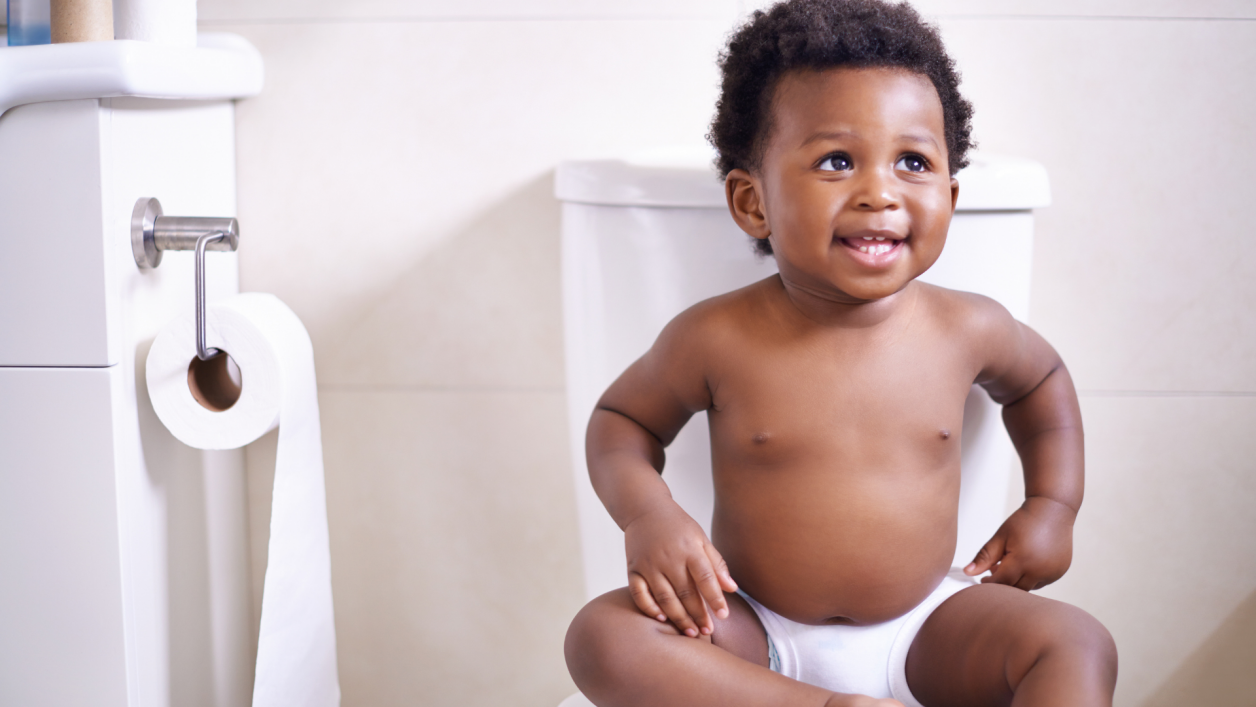
Potty Training Process
At Our Savior, as children begin showing the signs for potty training we will have a conversation with the parent. If you are noticing signs before we talk with you please feel free to talk with us. Some of these signs include awareness of being wet/soiled, staying dry for long periods, using words that indicate toileting, and expressing interest in toileting. If a child is showing signs of readiness in the classroom, the staff will discuss this with the parents. Likewise, if a child is showing signs of readiness at home, please keep the staff informed.
It is important to a child’s success that toilet training happens at the same time, and in the same manner at home and at school. Planning in advance will help make learning this new skill relaxed and enjoyable.
POTTY TRAINING PROCESS AT OUR SAVIOR LUTHERAN PRESCHOOL:
We ask that children transition from diapers to pull-ups. When your child has gone two weeks with a dry pull up we will ask you to then transition them into training pants.(thick underwear) They may continue to wear the thick underwear as long as you wish. Once your child has gone two weeks in training pants without an accident we consider them potty trained and ready to transition into our three-year-old program either for our Summer Program beginning the middle of June or our Fall Program beginning in September.
During potty training, we ask that you bring in five changes of clothing, including pants, shirt, socks, and bring in one extra pair of shoes.
Potty Training Tips
Potty training is a big deal. Here's what you need to know about timing, technique, and handling the inevitable accidents.
Potty training has more to do with physical and emotional readiness, not a specific age.
Is it time?
- Does your child seem interested in the potty chair or toilet, or in wearing underwear?
- Can your child understand and follow basic directions?
- Can your child ask simple questions?
- Does your child stay dry for periods of two hours or longer during the day?
- Does he or she wake from naps dry?
- Does your child have fairly predictable bowel movements?
- Does your child tell you when he or she needs to potty or poop?
- Is your child uncomfortable in wet or dirty diapers?
- Can your child pull down his or her pants and pull them up again?
When you decide it's time to begin potty training, set your child up for success. Start by maintaining a sense of humor and a positive attitude. Then:
Pull out the equipment. Place a potty chair in the bathroom. You may want to try a model with a removable top that can be placed directly on the toilet when your child is ready. Encourage your child to sit on the potty chair — with or without a diaper. Make sure your child's feet rest firmly on the floor or a stool. As your child checks out the potty chair, help him or her learn how to talk about using the bathroom. Use simple, correct terms. Let your child see you and other family members using the toilet.
Schedule potty breaks. If your child is interested, have him or her sit on the potty chair or toilet without a diaper for a few minutes several times a day. Read a potty-training book or give your child a special toy to use while getting used to the potty chair or toilet. Stay with your child when he or she is in the bathroom. Even if your child simply sits there, offer praise for trying — and remind your child that he or she can try again later. (During class the children will be sitting on the potty at 8:30, 10:30, 12:30, 3:00 and 4:15
Get there — fast! When you notice signs that your child may need to use the toilet — such as squirming, squatting, or holding the genital area — respond quickly. Help your child become familiar with these signals, stop what he or she is doing, and head to the toilet. Praise your child for telling you when he or she has to go. (at school the children will receive a sticker when they go in the potty.) When it's time to flush, let your child do the honors. Also, remember the importance of good hygiene. Teach girls to wipe carefully from front to back to prevent bringing germs from the rectum to the vagina or bladder. Make sure both boys and girls learn to wash their hands after using the toilet.
Consider incentives. Some kids respond to stickers or stars on a chart. For others, trips to the park or extra bedtime stories are effective. Experiment to find out what works best for your child. Reinforce your child's effort with verbal praise, such as, "How exciting! You're learning to use the toilet just like big kids do!" Be positive even if a trip to the toilet isn't successful. (Please let us know how we can support what you are doing at home. Working together will help make potty training easier for both of us.)
Be consistent. Make sure all of your child's caregivers — including babysitters, child care providers, and grandparents — follow your potty-training routine. Ditch the diapers. After several weeks of successful potty breaks, your child may be ready to trade diapers for training pants or regular underwear. Take time to celebrate this transition. Go on a special "big kid" outing. Call close friends or loved ones and let your child spread the news. Once your child is wearing training pants or regular underwear, be careful to avoid overalls, belts, leotards, or other items that could hinder quick undressing. Once you switch to training pants or regular underwear, do not go back to diapers or pull-ups (during the daytime). This will only confuse your child.
